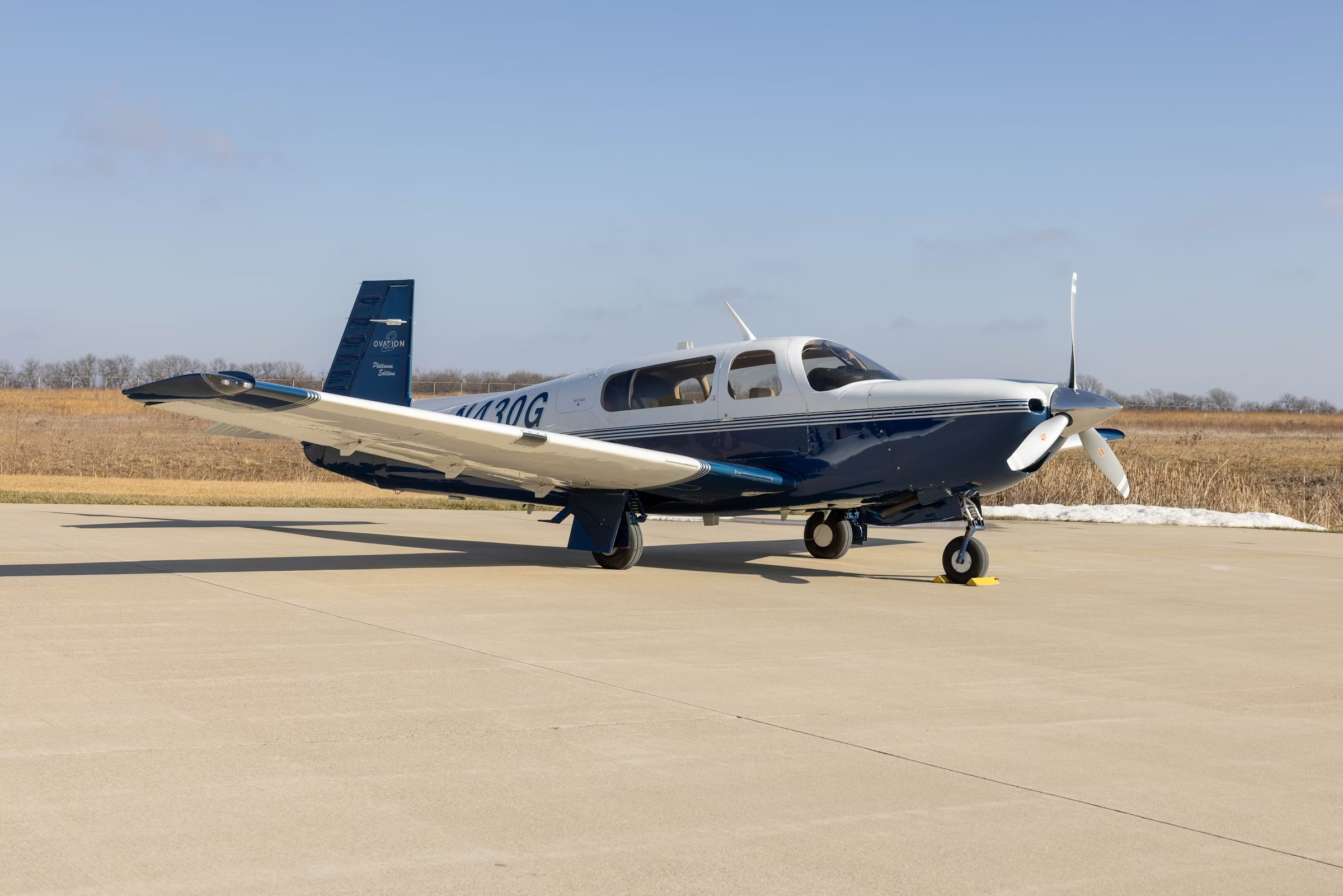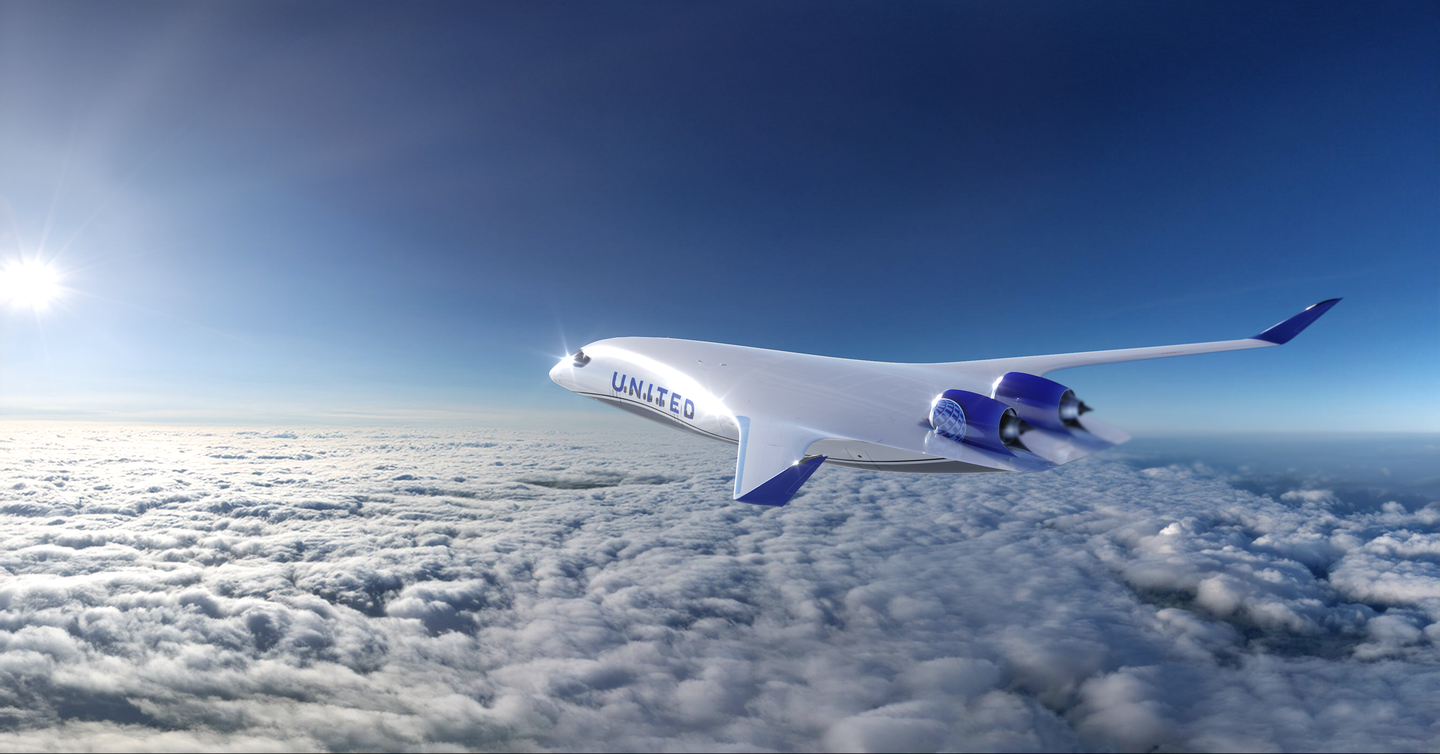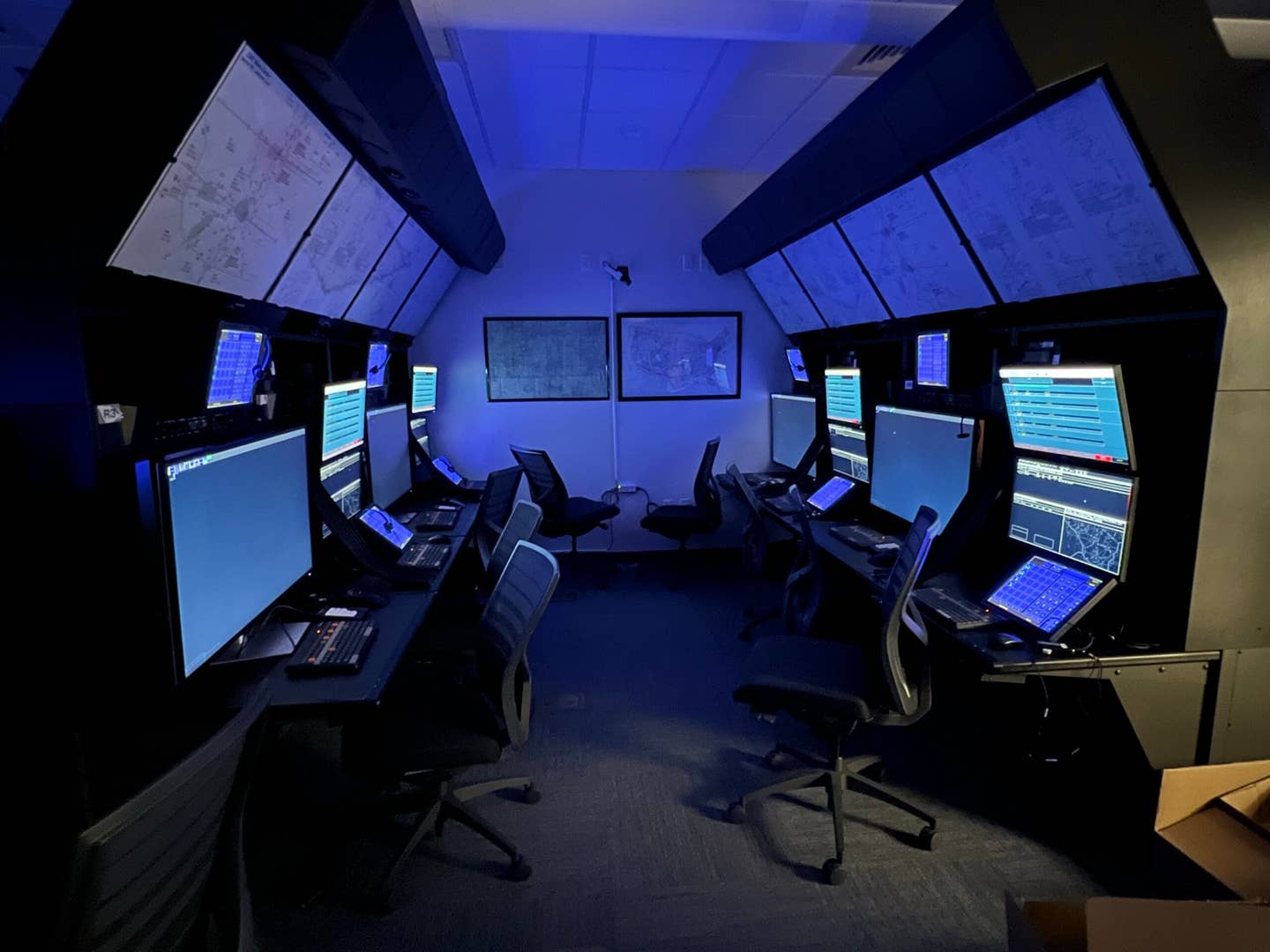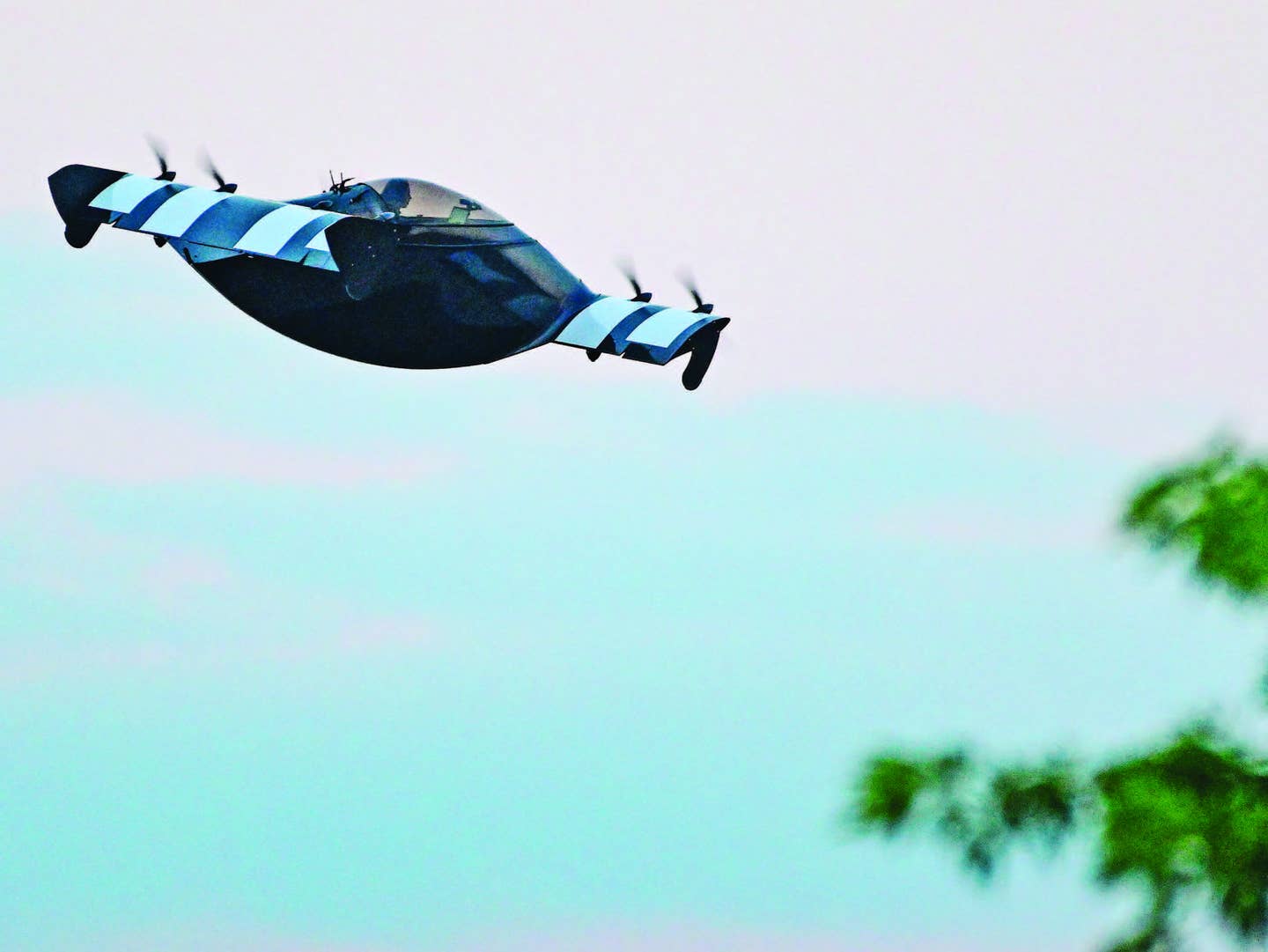Boeing Inspecting Additional Aircraft
Aircraft with the same style door plug that departed an Alaska Airlines 737 Max 9 in flight now face scrutiny.
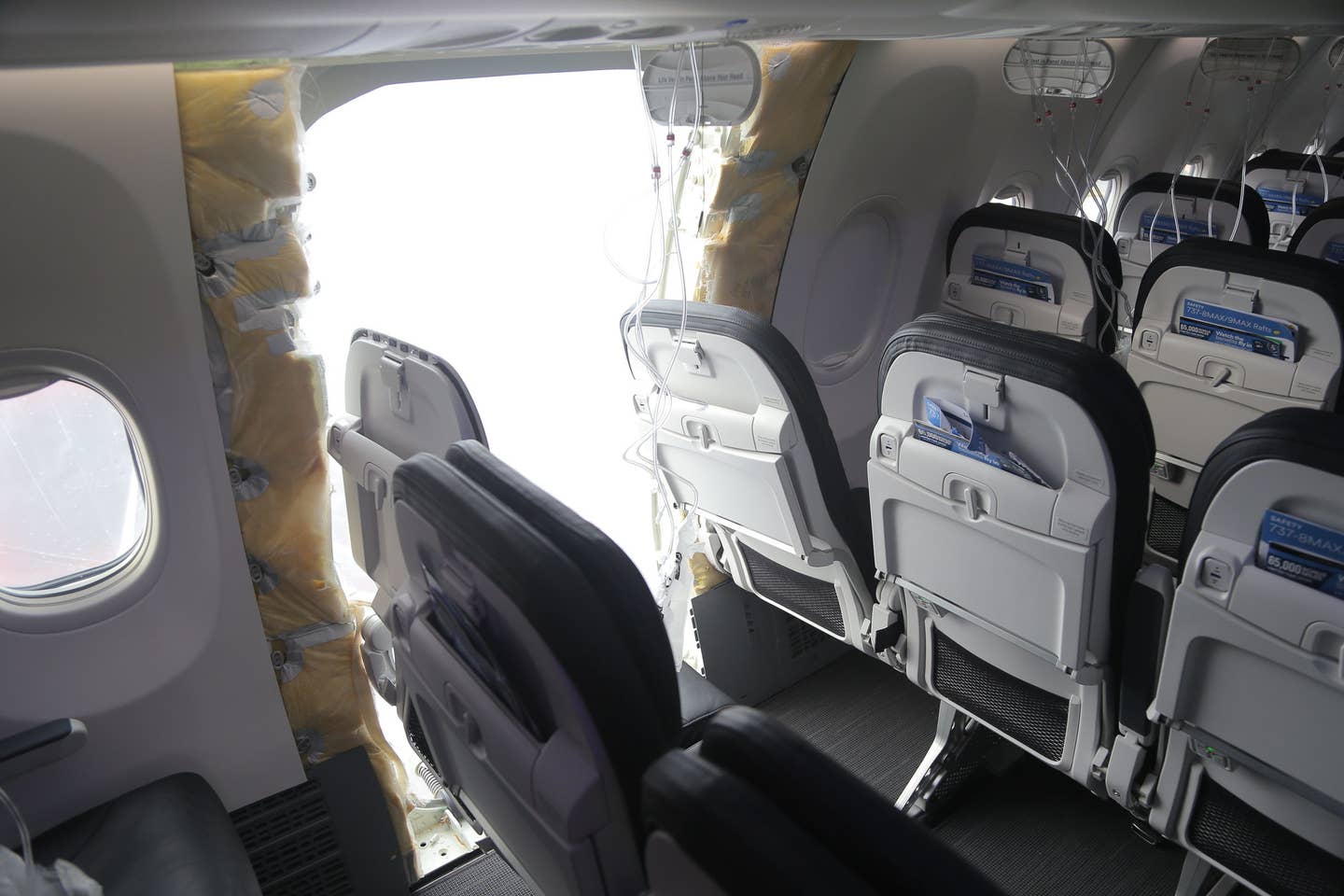
The door plug on an Alaska Airlines Boeing 737 Max 9 blew off as the aircraft climbed through 16,000 feet. [Courtesy: NTSB]
The FAA is asking the operators of Boeing 737-900ER jets to inspect their aircraft in the wake of the door plug accident involving a 737 Max 9. According to the agency, the 900ER has the same door plug as the Max 9, which has been grounded worldwide since January 6 following the loss of a door plug at altitude from Alaska Airlines Flight 1282 that resulted in an emergency landing.
On January 22, the FAA issued a Safety Alert for Operators (SAFO) recommending that operators of the Boeing 737-900ER conduct a visual inspection of the mid-exit door plugs to ensure they are properly secured.
According to the FAA, "the Boeing 737-900ER is not part of the newer Max [9] fleet but has the same door plug design."
Per the SAFO, "operators are encouraged to conduct a visual inspection to ensure the door plug is restrained from any movements through the two upper guide track bolts and two lower arrestor bolts."
The SAFO noted the Boeing 737-900ER has an identical door plug design to the 737 Max 9.
"As part of their Safety Management Systems, some operators have conducted additional inspections on the 737-900ER mid-exit door plugs and have noted findings with bolts during the maintenance inspections," the SAFO said.
The FAA has asked operators who find any issues with the door plug to notify their certificate management office.
FLYING reached out to Boeing for comment. The aerospace giant replied, “We fully support the FAA and our customers in this action.”
About the 737-900ER
The 737-900ER is a derivative of the 737 design, with ER standing for “Extended Range.” The ER deliveries took place from 2007 to 2019. Of the 500 delivered, approximately 380 have the door plug.
The 900ER is used by Alaska Airlines, Delta Air Lines, and United Airlines. As all the aircraft are more than four years old, they have been through several “deep maintenance cycles,” where the door plugs are inspected.
According to the National Aviation Academy, these cycles are made up of regular inspections, maintenance, and overhaul of the aircraft using A, B, C, and D checks, with C and D checks being the most involved and time consuming. The intervals for the inspections and maintenance is driven by aircraft use and can be as little as a few weeks apart to several months.
The C check, for example, requires an aviation maintenance technician to perform a deep inspection of a majority of the aircraft’s parts. This keeps the aircraft on the ground for several weeks at a maintenance facility.
The D check is classified as a “heavy maintenance visit” and happens every six to 10 years, depending on the aircraft. This is the most comprehensive of the inspections and repairs, and often involves taking apart the aircraft to inspect for corrosion, damages, and worn-out parts. The D check takes four to six weeks.
Recap: Details of the Accident
On January 5, Alaska Airlines Flight 1282 was en route from Portland International Airport (KPDX) in Oregon to Ontario, California, with 177 on board. Approximately 13 minutes into the flight, the door plug departed the aircraft, resulting in a gaping hole in the fuselage as the jet passed through 16,000 feet. The in-flight failure of the door plug resulted in a violent loss of cabin pressure, and loose objects such as cellphones were sucked out the hole.
The seats directly adjacent to the door plug were empty at the time of the incident, although a teenage boy sitting close to the hole had his shirt pulled off by the force of the decompression.
The flight crew declared an emergency and initiated a descent. Within hours Alaska Airlines grounded all of its 737 Max 9 aircraft. The next day the FAA issued an emergency airworthiness directive grounding all the remaining 737 Max 9s. The aircraft are primarily used by Alaska and United. The FAA has also issued a Continued Airworthiness Notification to the International Community (CANIC) providing notice of pending significant safety action.
The door plug is located in row 26 of the 737 Max 9. From the inside of the cabin, the door plug looks like any other bulkhead—on the outside, the outline of the door can be seen. The structure is designed as an extra emergency door that can be fully installed if the customer requests.
The door plug was recovered from a backyard in Oregon. The National Transportation Safety Board (NTSB) is still investigating the cause of its failure.
There were no deaths from the event, but several passengers reported injuries. Within hours of the flight, they received emails from Alaska Airlines offering $1,500 for their inconvenience.
During the preliminary investigation, the NTSB stated the aircraft had been delivered to the airline in October 2023. A few weeks prior to the event, the flight crew had written up three warning lights indicating an issue with the aircraft’s automatic pressurization system. As the pressurization is a triple redundant system, with two computers as well as one manual means of activation, the aircraft was allowed to remain in service. However, it was limited to flight over land.
In the weeks that followed the January 5 event, several of the passengers joined in lawsuits against Boeing and Alaska Airlines, asking in part why the aircraft remained in use. But the NTSB has not attributed the event to the pressurization system.
This is an ongoing story that FLYING will update as we learn more information.

Sign-up for newsletters & special offers!
Get the latest FLYING stories & special offers delivered directly to your inbox

